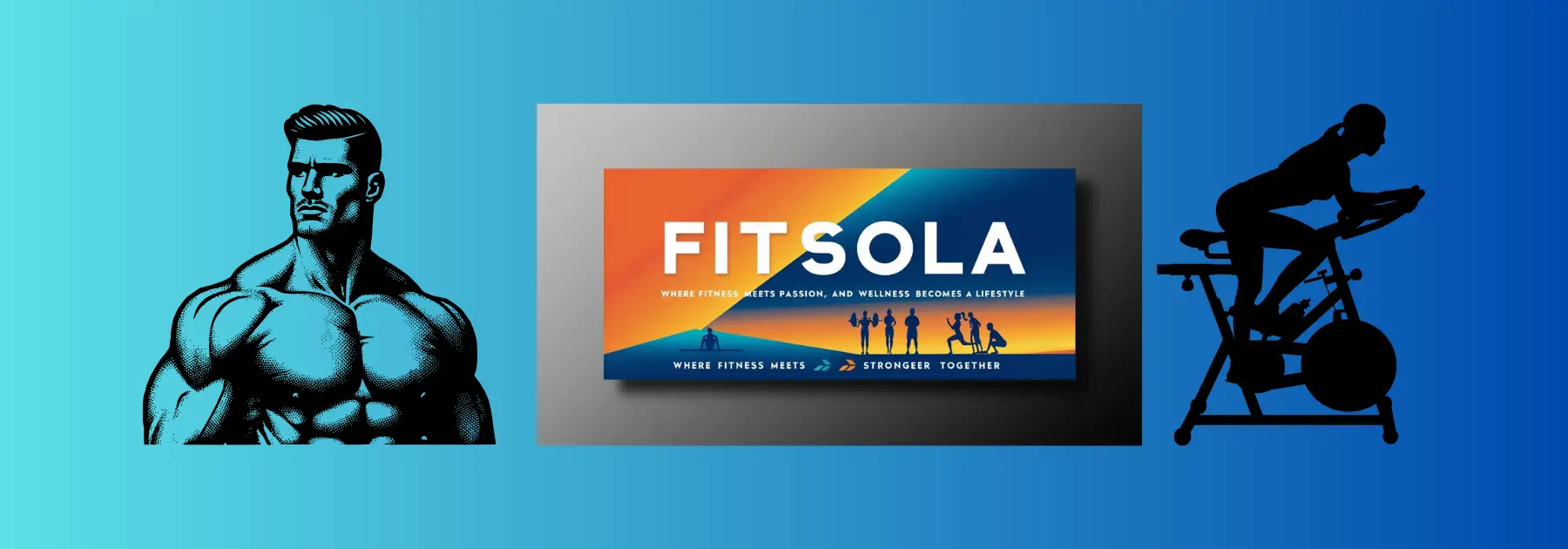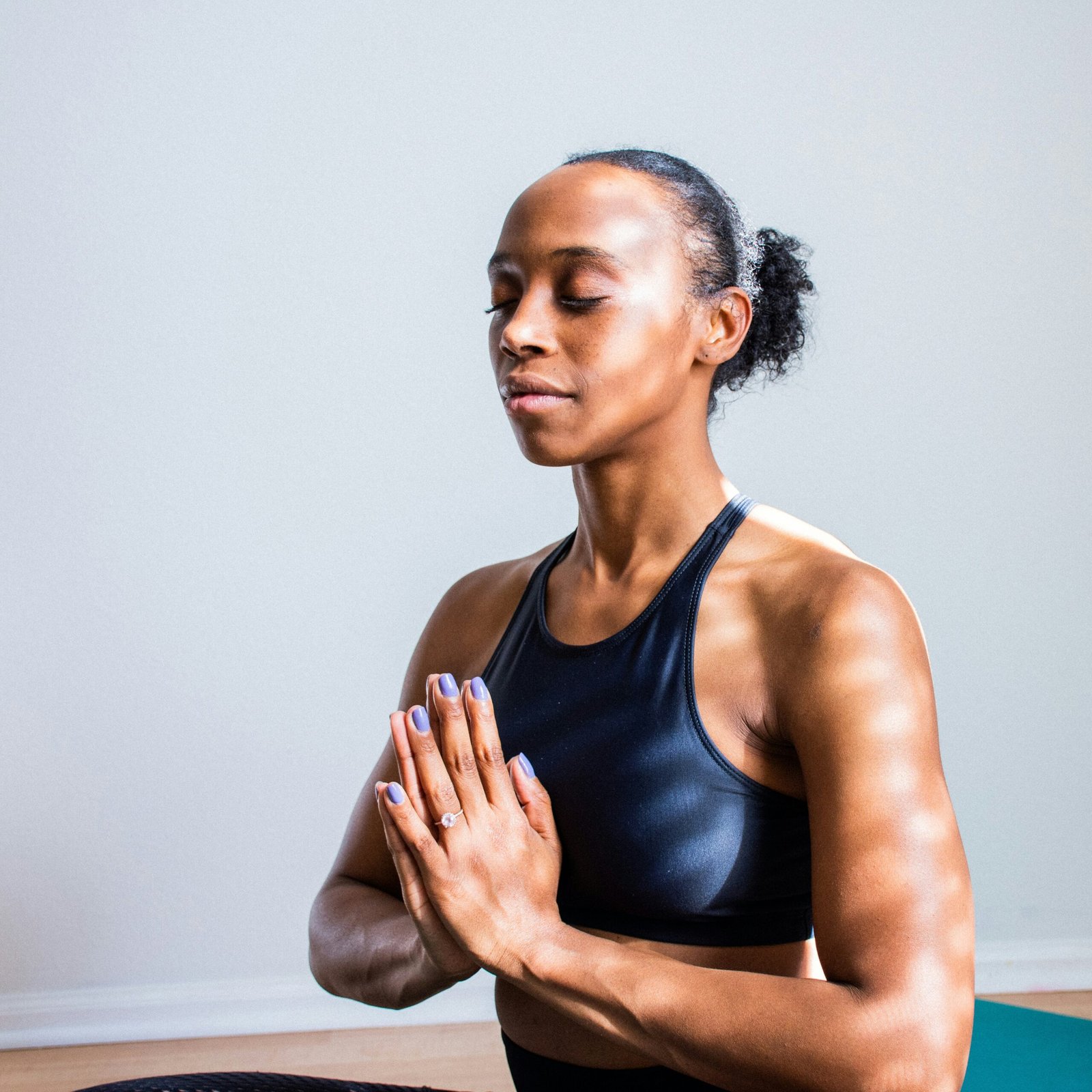As I write this from my desk here in Bahrah, with the late afternoon sun casting long shadows and the scent of desert blooms (or perhaps just the air conditioning) in the air, I’m keenly aware of the posture problems that come from hours spent hunched over. Whether it’s peering at screens, driving, or even just relaxing on the sofa, our modern lives are practically designed to wreak havoc on our posture.
It’s a subtle insidious creep, isn’t it? One day you’re standing tall, the next you catch your reflection and notice that familiar forward slump, rounded shoulders, or even a persistent ache in your neck and lower back. “I really need to sit up straight,” you tell yourself, a fleeting thought before your attention is pulled elsewhere, and the slouch returns.
But here’s the thing: posture isn’t just about looking elegant (though that’s a nice bonus). It’s about how your body functions. It impacts your energy levels, your breathing, your digestion, your mood, and crucially, your long-term joint and muscle health. Poor posture isn’t just an aesthetic issue; it’s a foundational health problem that, left unaddressed, can lead to chronic pain, reduced mobility, and even impact your quality of life.
Today, we’re not just going to talk about “sitting up straight.” We’re going to dive deep into the world of posture, exploring why it goes awry, the hidden consequences, and most importantly, a comprehensive, step-by-step guide to help you straighten up for good. This isn’t a quick fix; it’s a journey of understanding, awareness, and consistent action. But the rewards? They are truly transformative.
The Silent Epidemic: Why Our Posture is Suffering
Before we jump into solutions, let’s understand the enemy. Why, in this era of health awareness, are so many of us struggling with our posture?

- The Digital Age: This is arguably the biggest culprit. We spend an unprecedented amount of time on smartphones, tablets, laptops, and desktop computers. The “tech neck” or “text neck” phenomenon, where our heads are perpetually angled downwards, puts immense strain on our cervical spine (neck) and upper back muscles.
- Sedentary Lifestyles: Many of us have jobs that require prolonged sitting. Our bodies are designed for movement, but a sedentary lifestyle leads to weak core muscles, tight hip flexors, and a general lack of muscular support that is vital for good posture.
- Lack of Awareness: We often don’t even realize we’re slouching until discomfort sets in. Our proprioception (our body’s sense of its position in space) can become dulled, making poor posture feel “normal.”
- Muscular Imbalances: Modern lifestyles often promote overuse of some muscles (like those in the chest from constant forward slouching) and underuse of others (like the upper back extensors). This creates imbalances, pulling the body out of alignment.
- Stress: Believe it or not, stress can manifest physically as tension in the shoulders, neck, and jaw, leading to a hunched-over defensive posture.
- Ill-Fitting Ergonomics: Our workspaces are often not set up to support proper posture. Improper chair height, monitor placement, and keyboard/mouse positioning can all contribute to poor alignment.
Beyond Aesthetics: The Hidden Consequences of Poor Posture
Many people dismiss posture as a minor concern, but the ripple effects throughout your body and life can be significant.
- Chronic Pain: This is perhaps the most common and debilitating consequence. Neck pain, shoulder pain, upper back pain, and lower back pain are often direct results of sustained poor posture. Muscle imbalances lead to some muscles being constantly overstretched and weak, while others are perpetually tight and overused.
- Headaches: Tension headaches and migraines can be triggered or exacerbated by poor neck and upper back posture, which puts strain on the muscles and nerves in the head and neck region.
- Reduced Lung Capacity: A hunched posture compresses your chest cavity, making it harder for your diaphragm to fully expand and your lungs to take in a full breath. This can lead to shallower breathing, reduced oxygen intake, and feelings of fatigue.
- Digestive Issues: When you slouch, you compress your abdominal organs, which can impede their normal function, potentially contributing to issues like acid reflux, constipation, and slow digestion.
- Fatigue and Low Energy: Maintaining poor posture actually requires more effort from your muscles because your skeletal structure isn’t efficiently supporting your weight. This constant strain leads to muscular fatigue and overall lower energy levels.
- Impaired Circulation: Prolonged sitting and poor posture can hinder blood flow, especially to the lower extremities, contributing to issues like swelling and discomfort.
- Joint Degeneration: Over time, misaligned joints experience uneven wear and tear, accelerating degenerative conditions like osteoarthritis.
- Psychological Impact: Studies have shown a strong link between posture and mood. Standing tall can boost confidence and reduce feelings of anxiety and depression, while a slumped posture can do the opposite. It’s a feedback loop: feeling low can lead to slouching, and slouching can reinforce feelings of low self-worth.
- Nerve Impingement: Misalignment can put pressure on nerves, leading to tingling, numbness, or weakness in the extremities. For example, “thoracic outlet syndrome” can result from compressed nerves and blood vessels due to slumped shoulders.
The Path to Posture Perfection: A Holistic Approach
Fixing your posture isn’t about snapping your shoulders back and holding them there rigidly. That’s unsustainable and can create new problems. Instead, it’s about building awareness, strengthening supporting muscles, improving flexibility, and making sustainable lifestyle changes.
Here’s a comprehensive, actionable guide to help you straighten up for good:
Phase 1: Awareness and Assessment
Before you can fix something, you need to know what’s broken.
- The Wall Test: Stand with your back against a wall, heels about 6 inches away. Your head, shoulders, and buttocks should ideally touch the wall. Pay attention to the space between your lower back and the wall. A healthy curve allows about the width of your hand. If there’s a significant gap, you might have an excessive lumbar curve (lordosis). If your head doesn’t touch the wall easily, you might have a forward head posture.
- Mirror Check: Stand sideways in front of a full-length mirror. Imagine a plumb line dropping from your earlobe through your shoulder, hip, knee, and ankle. Is it a straight line? Or are your shoulders rounded, head forward, or pelvis tilted?
- Self-Observation: Throughout your day, become a detective of your own body. How do you sit? How do you stand? How do you hold your phone? Where do you feel tension? This heightened awareness is the first crucial step.
- Professional Assessment (Recommended): Consider consulting a physiotherapist, chiropractor, or a certified posture specialist. They can provide a professional assessment, identify specific imbalances, and create a personalized plan tailored to your needs. This is especially important if you’re experiencing pain.
Phase 2: Ergonomic Optimization – Your Environment Matters
Your immediate environment plays a huge role.
- Workstation Setup:
- Chair: Choose an ergonomic chair that supports the natural curve of your spine. Your feet should be flat on the floor or on a footrest, with knees at about a 90-degree angle.
- Monitor: Position your monitor so the top third of the screen is at eye level. This prevents neck strain from looking down or up.
- Keyboard and Mouse: Keep them close to your body to avoid reaching, which rounds your shoulders. Your wrists should be straight and relaxed.
- Stand-Up Desk (Optional but Recommended): Consider a standing desk or a sit-stand converter to alternate between sitting and standing throughout the day. This reduces prolonged static postures.
- Smartphone/Tablet Use:
- Bring the device to eye level: Instead of craning your neck, lift your phone or tablet up. Use a stand if possible.
- Take regular breaks: Look up and stretch your neck every 15-20 minutes.
- Driving Posture: Adjust your car seat to support your lower back, keep your headrest at the correct height, and avoid slouching over the steering wheel.
Phase 3: Strengthening and Stretching – Building a Strong Foundation
This is where the magic happens. You need to strengthen the weak muscles and stretch the tight ones. Aim for consistency, even if it’s just 10-15 minutes a day.
Strengthening Exercises (Focus on core, back extensors, glutes):
- Plank: Excellent for core stability. Hold for 30-60 seconds, ensuring a straight line from head to heels.
- Bird-Dog: Improves core stability and strengthens the lower back. On hands and knees, extend opposite arm and leg simultaneously.
- Superman: Strengthens the lower back and glutes. Lie on your stomach and lift arms and legs off the floor.
- Glute Bridges: Strengthens glutes and hamstrings, crucial for pelvic stability. Lie on your back, knees bent, feet flat, and lift hips.
- Rows (Band or Dumbbell): Targets upper back muscles (rhomboids, traps) that pull your shoulders back. Squeeze your shoulder blades together.
- Face Pulls (Resistance Band): Another excellent exercise for rear deltoids and upper back, counteracting rounded shoulders.
- Wall Slides: Stand with your back against a wall, press your arms against the wall with elbows bent at 90 degrees, and slide them up and down, keeping contact.
Stretching Exercises (Focus on chest, hip flexors, neck):
- Chest Stretch (Doorway Stretch): Stand in a doorway, place forearms on the frame, and gently lean forward to open your chest. Holds for 20-30 seconds.
- Hip Flexor Stretch (Kneeling Lunge): Kneel on one knee, step the other foot forward, and gently push your hips forward. This combats tightness from prolonged sitting.
- Neck Stretches: Gently tilt your ear to your shoulder, then look down towards your armpit, holding each for 20-30 seconds. Avoid rapid movements.
- Cat-Cow Stretch (Yoga Pose): On hands and knees, arch your back like a cat, then drop your belly like a cow. Improves spinal mobility.
- Thoracic Extension (Foam Roller): Lie on your back with a foam roller perpendicular to your spine, hands behind your head, and gently extend your upper back over the roller.
Important Notes for Exercise:
- Warm-up: Always do a light warm-up before stretching or strengthening.
- Form over Quantity: Proper form is crucial to avoid injury and target the correct muscles. Watch videos, use a mirror, or get guidance from a professional.
- Listen to your body: Don’t push into pain.
- Consistency: Daily short sessions are more effective than sporadic long ones.
Phase 4: Mindful Movement and Daily Habits
This is where posture becomes ingrained and sustainable.
- The “Posture Check” Habit: Set a timer for every hour. When it goes off, consciously check your posture. Are you slouching? Is your head forward? Gently reset. This builds muscle memory.
- Walk Tall: When walking, imagine a string pulling you up from the crown of your head. Engage your core, keep your shoulders relaxed and slightly back, and swing your arms naturally.
- Vary Your Position: Avoid staying in any one position for too long. If you’re sitting, get up and move every 30-60 minutes. If you’re standing, shift your weight.
- Supportive Footwear: High heels and unsupportive shoes can throw off your alignment from the ground up. Opt for comfortable, supportive footwear, especially if you stand for long periods.
- Sleep Posture:
- Pillow: Choose a pillow that supports the natural curve of your neck, keeping your head aligned with your spine.
- Sleeping Position: Sleeping on your back or side is generally better than on your stomach. If on your side, place a pillow between your knees. If on your back, a small pillow under your knees can help.
- Carry Smarter: When carrying bags or backpacks, distribute weight evenly. Use both straps on a backpack, or switch shoulders regularly if using a single-strap bag.
Phase 5: Lifestyle and Holistic Well-being
Posture is not isolated; it’s connected to your overall health.
- Hydration and Nutrition: Healthy muscles and connective tissues need proper hydration and nutrients. A balanced diet supports overall body health.
- Stress Management: Incorporate stress-reducing techniques like meditation, deep breathing, or yoga. Less tension in your mind often means less tension in your body.
- Regular Physical Activity: Beyond targeted exercises, general activity like swimming, cycling, or dancing helps maintain overall strength, flexibility, and body awareness. Pilates and Yoga are particularly beneficial for core strength and posture.
- Mind-Body Connection: Practices like yoga and Tai Chi are excellent for improving body awareness, balance, and the mind-body connection, which are all crucial for sustained good posture.
The Long Game: Patience and Persistence
Transforming your posture is not an overnight miracle. It’s a gradual process that requires patience, persistence, and a commitment to self-awareness. You’re essentially retraining years of ingrained habits and muscle memory.
There will be days when you catch yourself slouching, or when your muscles feel tired from the new demands you’re placing on them. That’s perfectly normal. Don’t get discouraged. Simply reset, remind yourself of your goals, and continue with your exercises and mindful checks.
Think of it as an ongoing conversation with your body. You’re learning to listen to its signals, to understand its needs, and to provide the support it requires to function optimally.
My Personal Journey (and Yours)
I’ve certainly been on this journey myself. The hours spent at a keyboard, like many of you, led to that familiar ache in the upper back and neck. It wasn’t until I truly committed to understanding why and dedicating time to targeted exercises and ergonomic adjustments that I started to feel a significant difference. The energy levels improved, the nagging headaches subsided, and yes, I even felt a subtle shift in my confidence.
It’s empowering to take control of something so fundamental to your physical well-being. Good posture isn’t just about standing taller; it’s about living better, with less pain, more energy, and a greater sense of presence in the world.
So, as the call to prayer echoes softly in the distance here in Bahrah, a gentle reminder of routine and alignment, I encourage you to embark on your own posture journey. Start small, be consistent, and be kind to yourself. Your body will thank you for it, not just today, but for many years to come.
Straighten up, stand tall, and reclaim the natural alignment your body was designed for. You deserve to feel strong, balanced, and pain-free.



